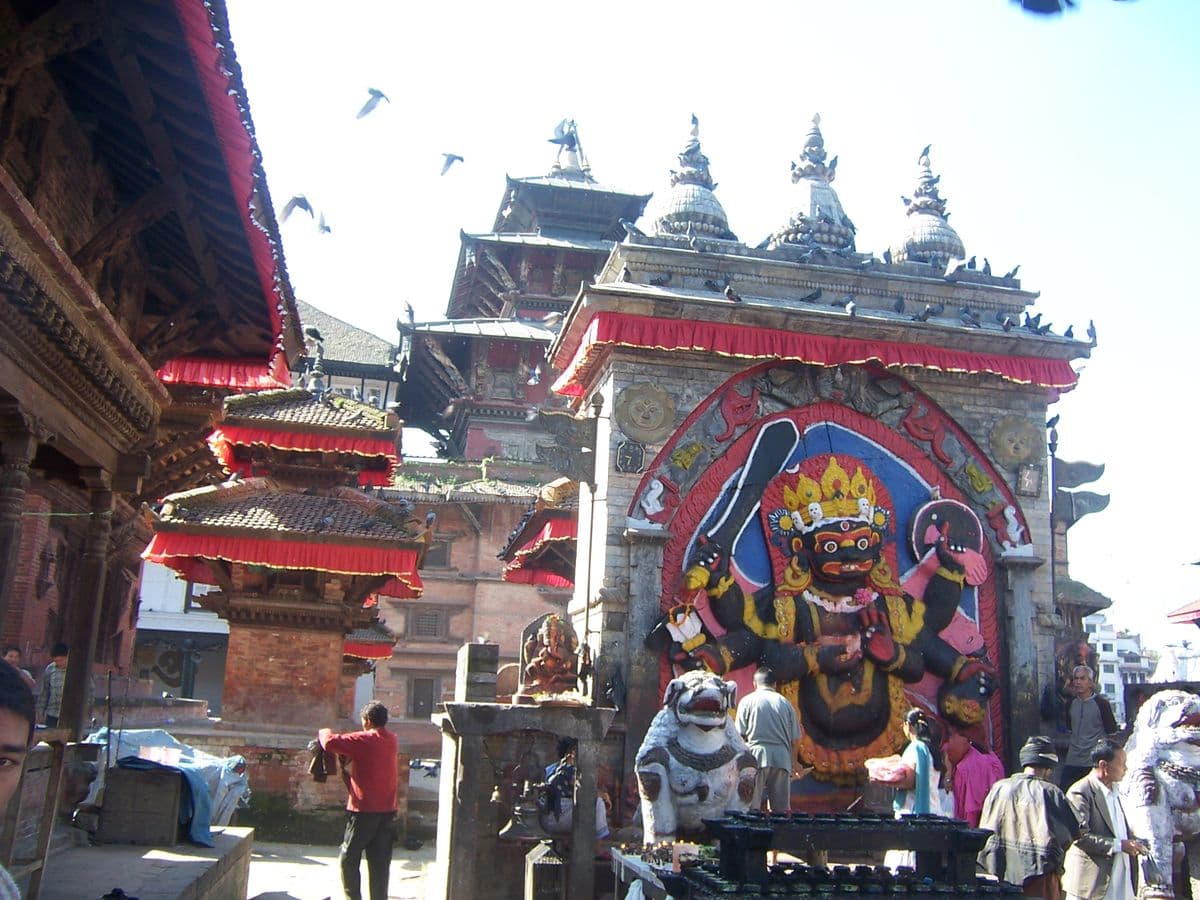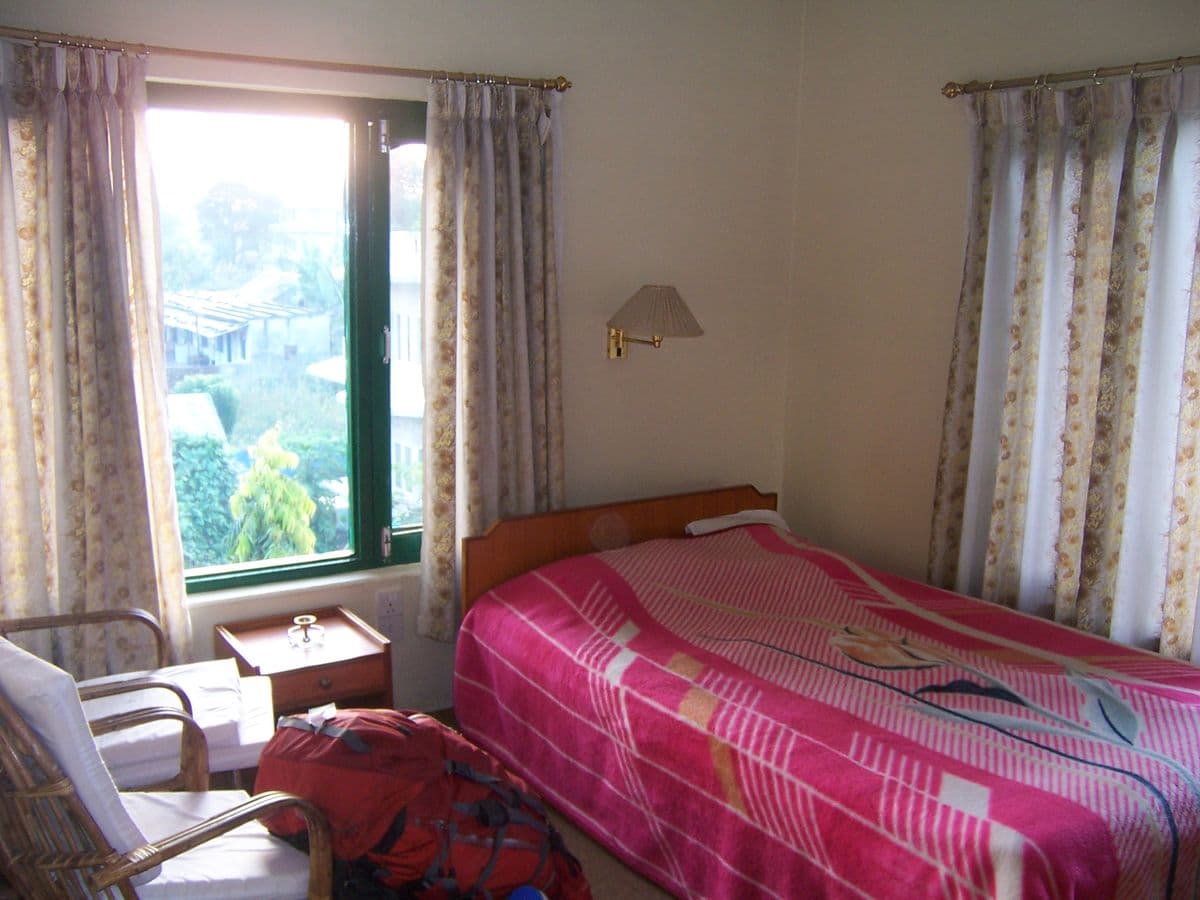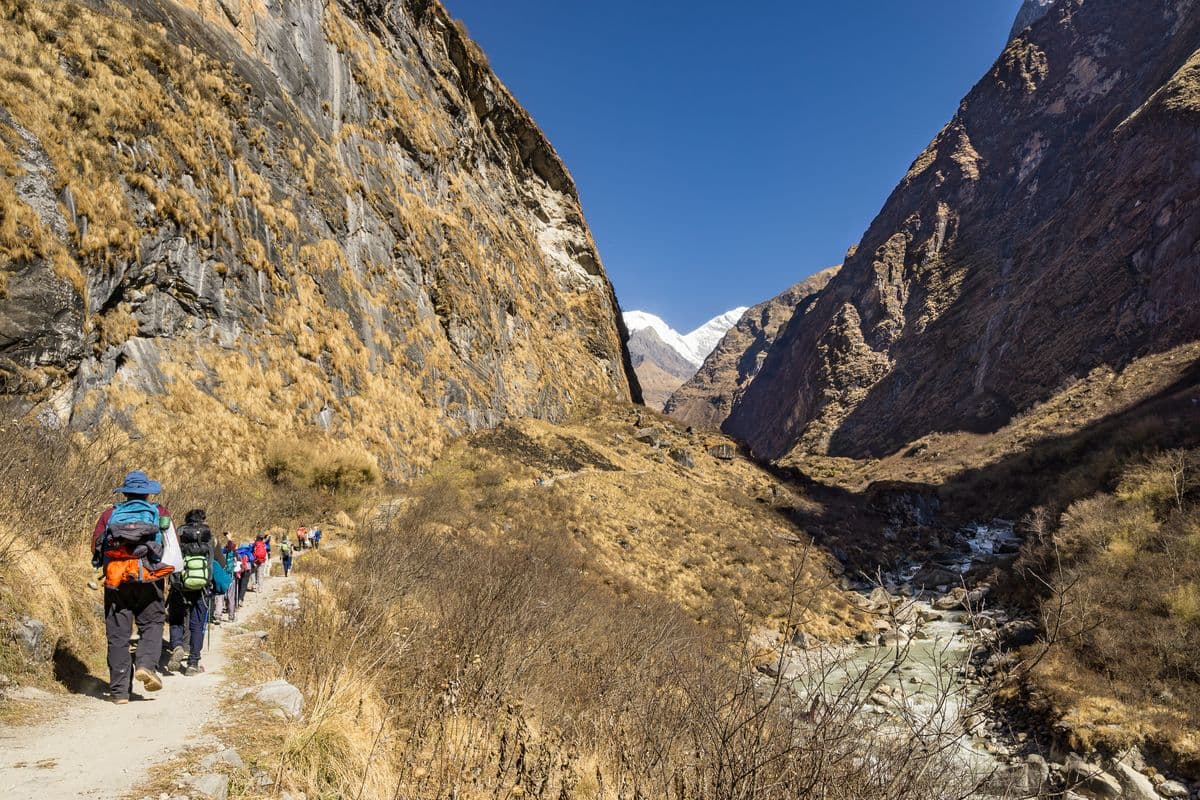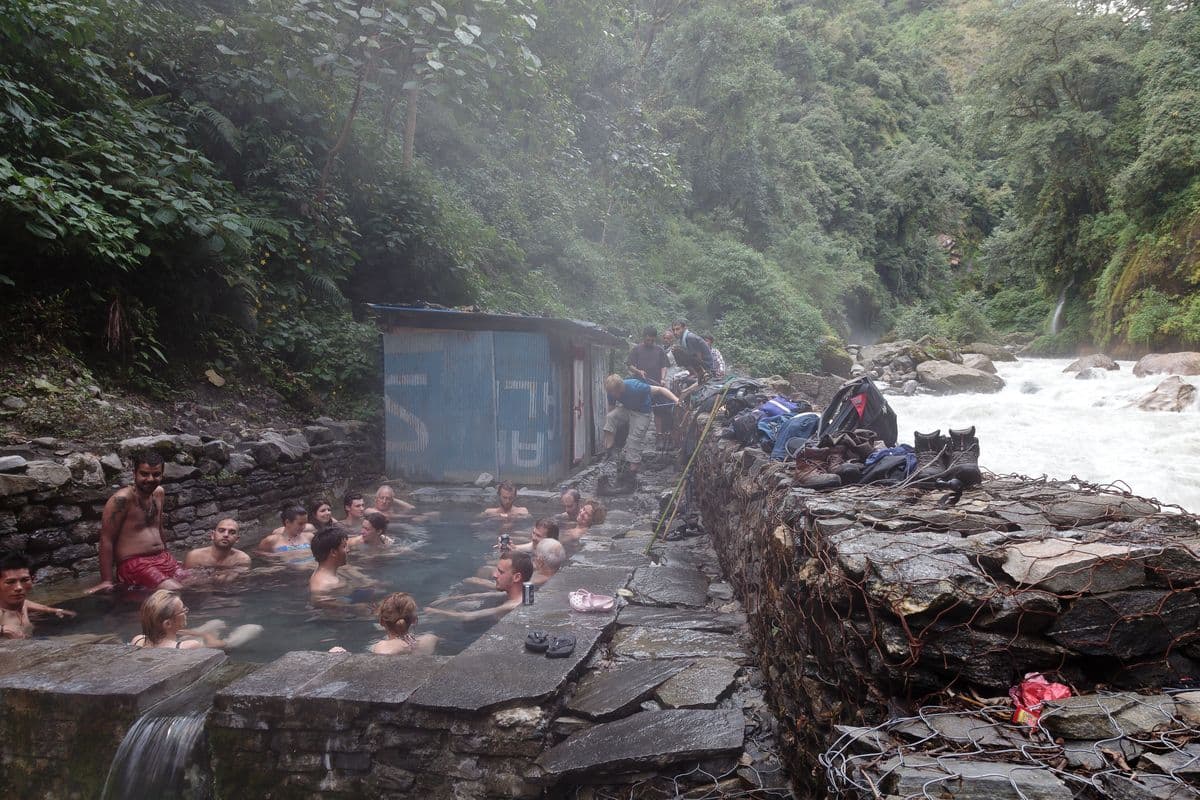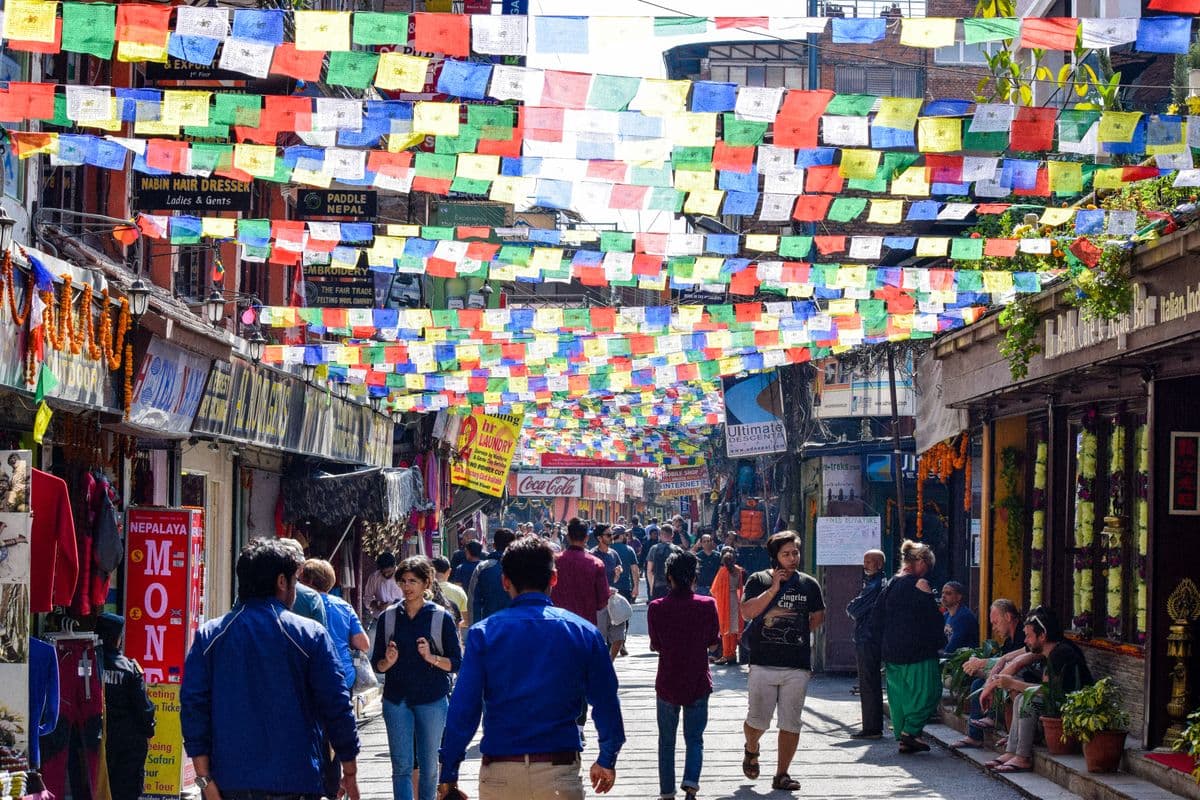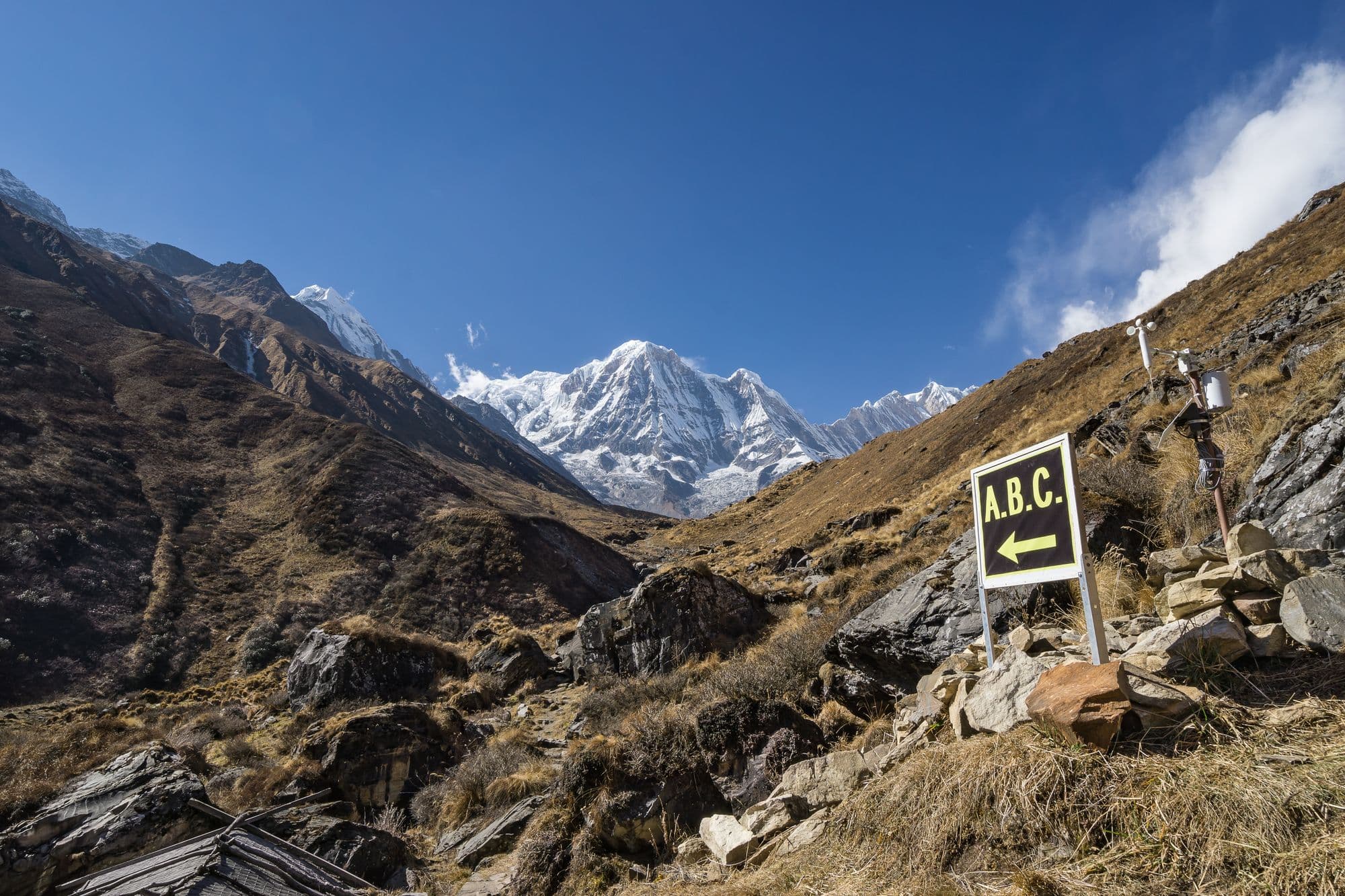

Annapurna Base Camp Trek
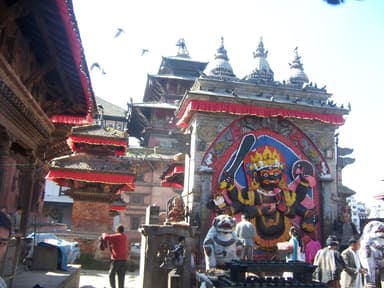
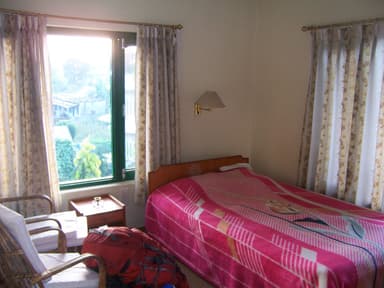
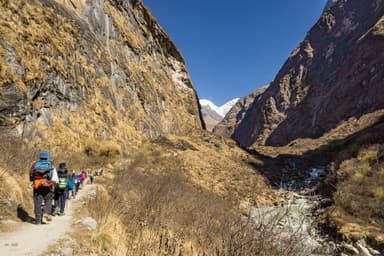
This trip is completely customizable
Customize your trip from accommodations to gear to suit your tastes. Begin by creating or adding to a voyage. We're here to help.
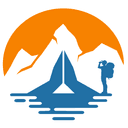
Namaste Nepal Trekking & Research Hub
The Annapurna Base Camp Trek, also known as the Annapurna Sanctuary Trek, is one of the most iconic, moderate-grade trekking adventures in Nepal — a journey every nature lover should experience at least once. This route leads you through beautiful mountain villages, scenic river valleys, and terraced farmland and brings you face-to-face with two of the world’s highest peaks. Located at an altitude of 4,130 meters (13,550 ft), the Annapurna Base Camp offers an unforgettable Himalayan panorama, surrounded by the majestic Annapurna glacier and a towering amphitheater of peaks.
Along the way, you’ll also reach Poon Hill at 3,210 meters, one of Nepal’s most famous viewpoints. Here, you’ll witness a breathtaking sunrise over the Himalayas, with a panoramic view of Annapurna South, Dhaulagiri, Machhapuchhre, Hiunchuli, and more. This trek truly stands out as a rare and naturally blessed adventure that combines culture, nature, and awe-inspiring scenery.
The trek begins with a scenic drive or flight from Kathmandu to Pokhara, followed by a short transfer to Nayapul, the starting point of the trek. The trail winds through vibrant rice, maize, and millet fields, passing through Birethanti, Sudami, Hile, and onwards to Tikhedhunga along the Bharaudi Khola. From here, a steep ascent via 3,500 stone steps and dense rhododendron forests leads you to Ulleri (2050m), then to Nangethanti, and finally to Ghorepani.
At Poon Hill, as the first rays of sunlight touch the Himalayan peaks, the entire landscape lights up with golden hues — a moment often described as heavenly. The trek continues through the charming village of Tadapani, descends to Kimrong Khola, and climbs again to Chhomrong, a traditional farming village set against the backdrop of the Annapurna range.
Descending via 2,500 stone steps and crossing the Chhomrong Khola, the trail ascends to Sinuwa and passes through dense forests to Kuldihar and then to Bamboo. From here, the path enters a damp bamboo forest, ascending gradually with some steep sections before emerging into sunlight near the Himalaya Hotel. A steep climb through a drier forest leads to Hinku Cave, offering magical views of the river below, the valley, and dramatic cliffs adorned with waterfalls.
The final approach to Annapurna Base Camp passes through riverbeds and steep trails leading to Machhapuchhre Base Camp (MBC). From MBC, the views of Machhapuchhre, Hiunchuli, Annapurna South, Annapurna I, Annapurna III, Gandharvachuli, and Gangapurna are absolutely mesmerizing. As you enter the sacred Annapurna Sanctuary, the landscape opens into a 360-degree panorama of peaks. The vertical south face of Annapurna rises magnificently above, offering a truly humbling sight.
From ABC, the descent retraces your steps back to Bamboo, which is mostly downhill and easier on the legs. The trail continues uphill to Sinuwa, then descends again to Chhomrong Khola, followed by a climb to Chhomrong. You’ll then descend to Jhinu Danda for a well-earned rest and a soothing dip in the nearby natural hot springs, just a 15–20-minute walk downhill.
The final stretch leads downhill from Jhinu Danda to the New Bridge, followed by a mix of flat and descending trails through Syaulibazar. After about three hours, you’ll return to Nayapul, where the trek concludes with a drive back to Pokhara.
This remarkable journey will leave a deep imprint on your soul — a true adventure that you will cherish for a lifetime.
Happy Trekking!
Accommodation in Annapurna Base Camp Trek
The Annapurna Base Camp Trek offers a range of accommodation types to suit different preferences. From traditional teahouses to upgraded lodges, you’ll find options that balance simplicity and comfort. Up to Chhomrong Village, several lodges now provide luxury rooms with attached bathrooms and hot showers — perfect for relaxing after a long day of trekking.
Beyond Chhomrong, the facilities become more basic, but still welcoming. Teahouses in higher elevations offer clean and cozy rooms with shared toilets and washing areas. Despite the simplicity, these accommodations provide warm hospitality and the incredible luxury of waking up to panoramic Himalayan views right outside your window.
Rooms typically include twin beds with comfortable bedding—blankets, sheets, and pillows. All accommodations are provided on a twin-sharing basis. Single room supplements are available in Kathmandu and lower trekking regions, though they may not be guaranteed at higher altitudes, especially during the peak trekking seasons.
Food in Annapurna Base Camp Trek
Food is an important part of your trekking experience—and you’ll be pleasantly surprised by the variety available throughout the Annapurna trail. The most common meal is the traditional Nepali dish, Dal Bhat — a hearty and energy-packed platter featuring steamed rice, lentil soup, vegetable curry, greens, and pickles. It’s healthy, filling, and served fresh at every stop.
You’ll also find a diverse menu of international options, including Indian, Chinese, Continental, Italian, and Tibetan dishes. For breakfast, common choices include toast, eggs, porridge, muesli, corn flakes, chapati, pancakes, hash browns, and fries.
Lunch and dinner menus are identical, offering options such as noodles, fried rice, momo (dumplings), soup, pizza, spaghetti, sandwiches, and burgers. While fresh fruits and seafood are rarely available on the trail, the meals are always satisfying and cooked with care.
Hot beverages are widely available and include black and milk tea, herbal tea, hot lemon with honey and ginger, coffee, and hot chocolate. In some teahouses, you may also find simple desserts like apple pie, chocolate rolls, pudding, and custard.
Typically, breakfast and dinner are served at the lodge where you stay overnight, while lunch is enjoyed at teahouses along the route during your day’s trek.
Our Trekking Team for Annapurna Base Camp Trekking
Your safety, comfort, and overall trekking experience are our highest priorities. To ensure everything goes smoothly, we provide an experienced and well-coordinated trekking support team for the Annapurna Base Camp Trek. The team includes:
1 licensed and professional trekking guide
1 assistant guide for every 7 trekkers
1 porter (support staff) for every 2 trekkers
This structure allows us to respond quickly and effectively if any issues arise — such as altitude sickness, injury, or the need for early descent or emergency evacuation. Even if one trekker needs to return early, the rest of the group can continue the journey without interruption.
Our guides are trained in first aid, altitude response, and local knowledge, ensuring that you are in safe, capable hands throughout your adventure.
Best Time for Annapurna Base Camp Trek
The best time to trek to Annapurna Base Camp is during Spring (March to May) and Autumn (September to November). These seasons offer clear skies, crystal-clear mountain views, and pleasant daytime temperatures, making them ideal for high-altitude trekking.
In spring, the trails bloom with colorful rhododendrons, while autumn brings crisp air and stunning post-monsoon visibility. Both periods are perfect for photography, comfortable trekking, and uninterrupted mountain views.
While the trek is also possible in winter (December to February) and monsoon (June to August), these seasons pose additional challenges. In winter, heavy snowfall often blocks trails beyond Deurali, and temperatures at higher elevations can be dangerously low. During the monsoon, slippery trails, mud, and leeches are common. However, for those seeking solitude and adventure, trekking is still possible with the right gear and preparation — and far fewer people on the trail.
What is included?
All Airport hotel transfers by private vehicle
3-night 3-star hotel in Kathmandu
Guided sightseeing tour with tour guide and private vehicle
2-night 3-star hotel in Pokhara
Kathmandu to Pokhara by Luxurious Tourist Bus
Pokhara to Kathmandu by Luxurious Tourist Bus
Pokhara – Nayapul by Private tourist vehicle
Shauli Bazaar to Pokhara by Private Tourist Vehicle
All the twin-sharing accommodation during the trek
All the meals (Breakfast, Tea break, Lunch, and Dinner) with seasonal fruits during the trek.
All necessary paperwork and permits
ACAP(Annapurna Conservation Area Permit)
TIMS (Trekkers’ Information Management System)
The farewell dinner in Kathmandu
All government and local taxes
An experienced English-speaking trekking guide,
Assistant trekking guide (1 assistant trekking guide for every 10 trekkers ),
And Sherpa porters/Support staff (1 Support staff for every 2 trekkers) including their salary, insurance, equipment, transport food, and lodging.
Personalized virtual consultation before finalizing your trek booking.
Free Online Pre-Trek Briefing after booking confirmation
Free excess luggage storage facilities at our Office Store
Namaste Nepal’s duffle bag
Namaste Nepal’s T-shirt / Baseball Cap
Trekking Pools, Down jacket, and seasonal sleeping bag (to be returned after completion of the trip).
A self-sufficient medical first aid kit containing vital medications.
Oximeter to check your pulse, oxygen saturation, and heart rate twice daily (Very useful to check AMS symptoms)
Trekking map
Hand sanitizer
What isn't included?
Nepal visa fee (lowest fee available is for a 15-day visa costing 30$/person)
International airfare to and from Kathmandu
Excess luggage charges
Extra night accommodating in Kathmandu/Pokhara (if in case of early return from mountain then the scheduled itinerary, Early Arrival, and Late Departure)
Travel and rescue insurance
Personal expenses (phone calls, laundry, bar bills, personal drinks, battery charge, bottle or boiling water, hot shower, wifi and or internet, etc)
Tips for guide and porters

Suggested Itinerary
Arrive in Kathmandu (1,400m / 4,600 ft)
Welcome to Nepal! Upon landing at Tribhuvan International Airport in Kathmandu, our friendly representative will greet you just outside the terminal with a placard bearing your full name. From there, you'll be transferred to your pre-booked hotel in the city. Take this time to relax and settle in after your flight.
In the afternoon, we’ll host a pre-trip briefing at our office, where you’ll meet your trekking guide or tour leader. This session is important for final preparations, so feel free to ask any questions about the trek. Please bring the following items to the meeting:
Your passport
2 passport-sized photos
A copy of your travel insurance policy (if not sent to us via email)
You'll also be asked to sign a legally binding trip agreement and a non-liability disclaimer form.
After the briefing, if time allows, you can explore one of Kathmandu’s cultural landmarks nearby. In the evening, head to Thamel, the lively tourist district known for its diverse restaurants and local shops. It’s the perfect place to enjoy your first Nepali dinner or try international cuisine before your adventure begins.
Moments that define this adventure
